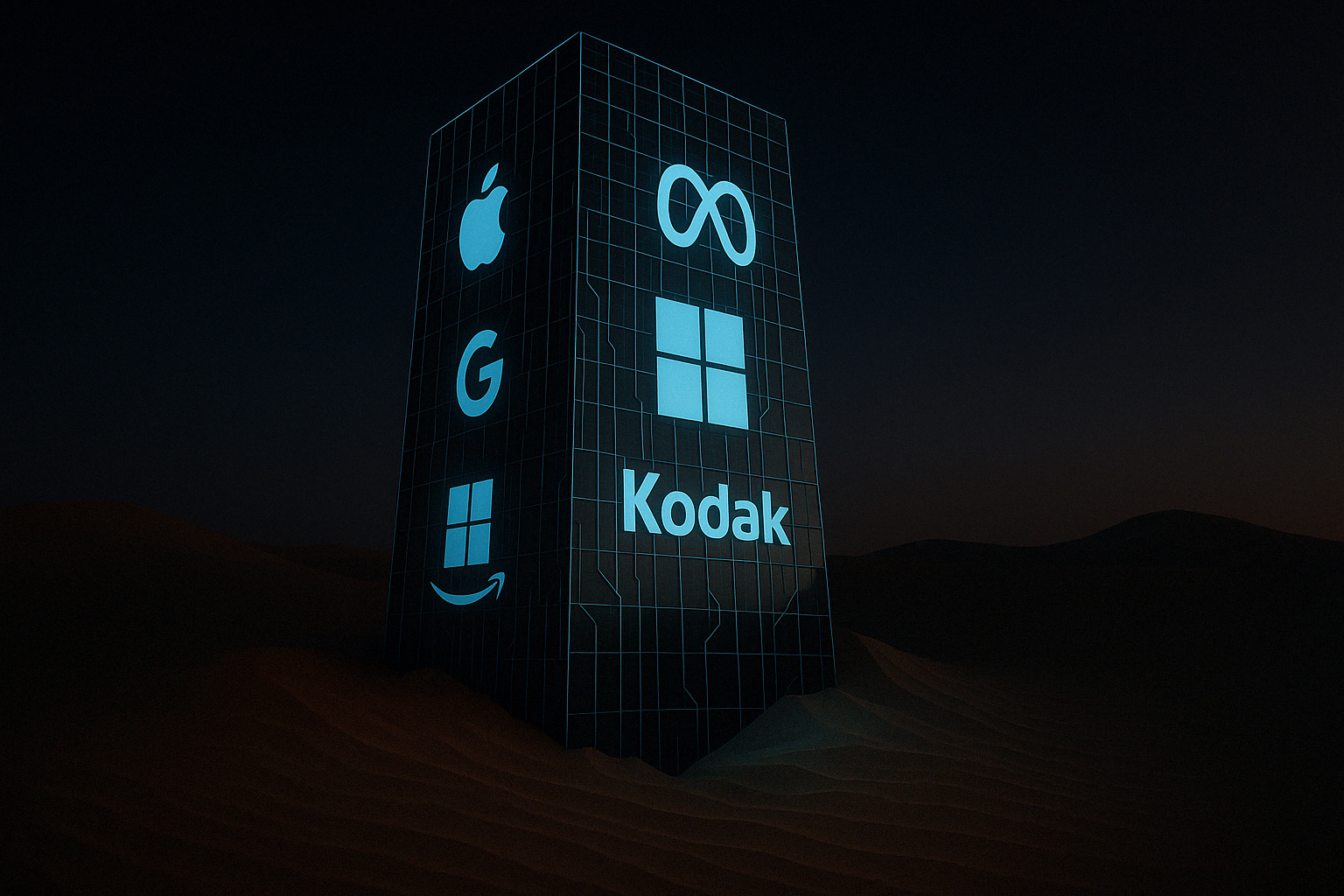machina.mondays // Blinded by Billions: Big Tech’s Kodak Moment Looms
Will Big Tech Miss the Future—Because They’re Too Busy Owning the Present?
In this Issue: We explore why the AI device we actually need still doesn’t exist—and why the tech giants best placed to build it are the least able to do so. Trapped by legacy ecosystems, companies like Apple and Google offer only incremental upgrades, while outsiders inch toward true reinvention. We also dive into YouTube’s booming fake trailer scene, where studios quietly monetise AI-generated content, and examine the rising crisis of digital likeness rights. As AI reshapes everything from hardware to Hollywood, the real question emerges: who is this future being built for?
Trapped by Design: The AI Device No One’s Built (But Everyone Needs)
We are at the brink of a hardware reckoning. For all the breathless talk of artificial intelligence transforming everything, from your workplace inbox to your la…
Keep reading with a 7-day free trial
Subscribe to Creative Machinas to keep reading this post and get 7 days of free access to the full post archives.




